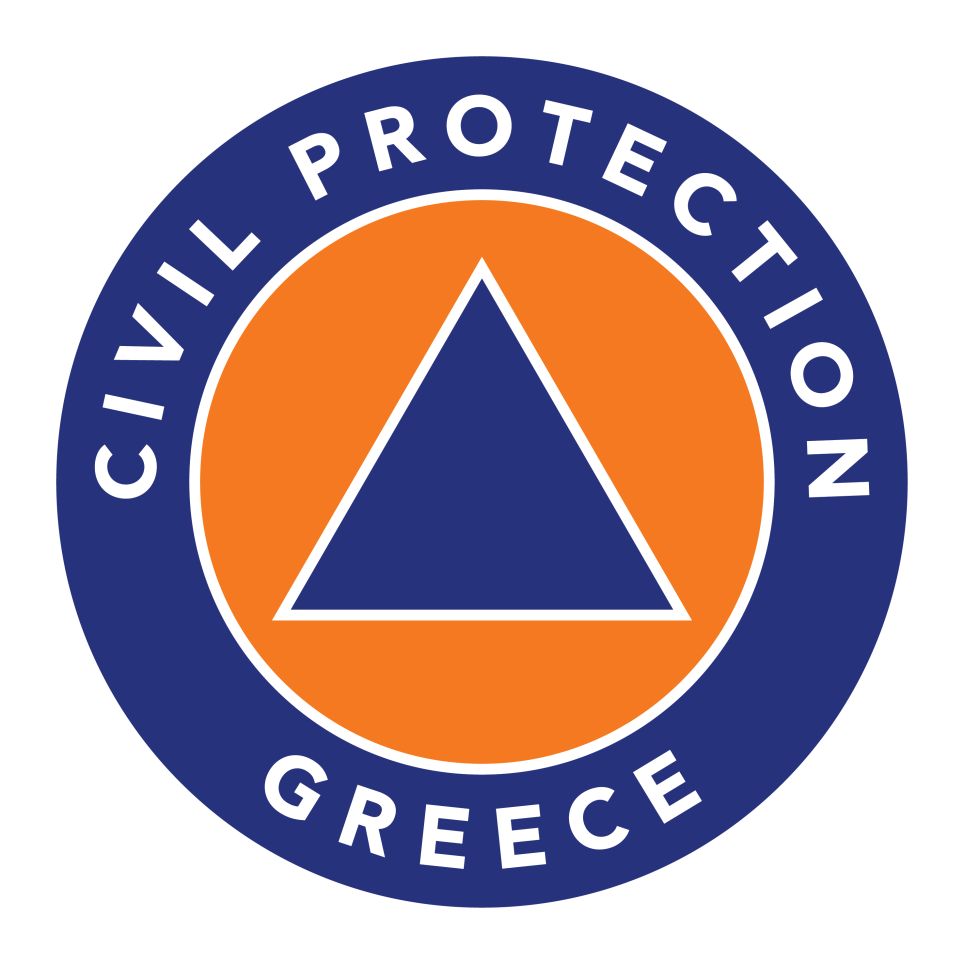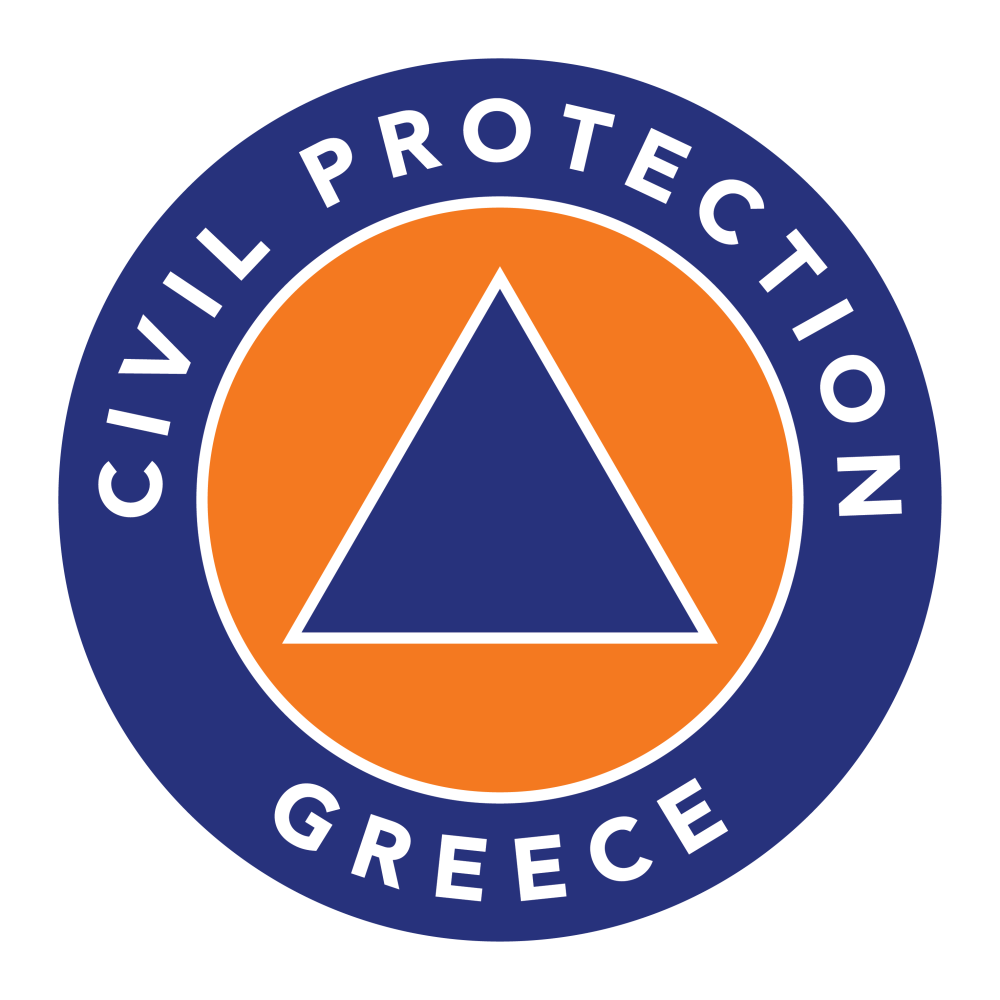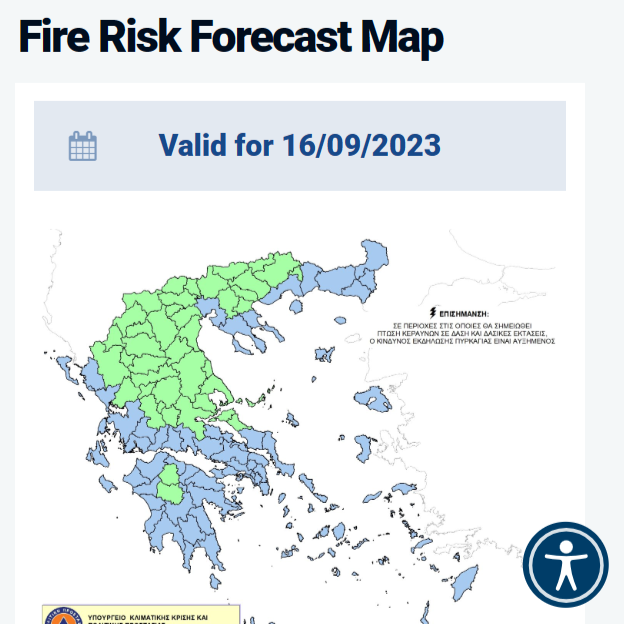CIMA Research Foundation, the International Centre for Environmental Monitoring, is a non-profit research organisation. It promotes the study, scientific research, technological development, and advanced training in engineering and environmental sciences to enhance the protection of public health, civil protection, and ecosystems. CIMA serves as a competence centre of the Italian Civil Protection Department for Hydrometeorological and Forest Fire Hazards.
Vulnerability Assessment and Disaster Management
CIMA utilises a variety of tools and methodologies to assess the vulnerability of communities to climate risks, encompassing data analysis, surveys, and participatory workshops and training sessions. It focuses its efforts on improving the disaster risk management cycle and supporting the Disaster Resilience Goals, working on emergency planning, disaster preparedness, and disaster response. In September 2023, the article “The PPRD EAST 3 Multi-hazard Mapping” was published. Within the project, a multi-hazard mapping tool was developed for the Ukrainian situation, mapping the flooding, wildfires, and unexploded ordnance risk areas. The aim of this study is to enhance early warning and disaster preparedness systems in Ukraine.
Capacity Building
CIMA offers a range of training and capacity development courses for experts and students worldwide, related to climate disaster risk management and early warning systems. These activities aim to improve the skills and knowledge necessary to better prepare communities, contributing to disaster risk reduction and mitigation. CIMA contributes to the COVALEX project by defining the IRC for common use and coordinating the implementation of interoperability exercises. This expertise is shared with project partners and all stakeholders involved to improve the standardisation of operations at a European level during disaster hazards.
The GSCP, or the General Secretariat for Civil Protection, is a Greek organisation tasked with protecting the life, health, and property of citizens against natural, technological, and other major hazards. This goal is achieved through the application of prevention programmes, as well as disaster preparation and response plans.
Threats and Emergencies Management
The GSCP's emergency management system is designed to coordinate the emergency response of multiple agencies, using sophisticated software to track resources, assign tasks, and communicate with response teams. Prevention plans aim to identify and forestall risks through construction planning, implementation of mitigation measures, and public education on risk reduction. The emergency response addresses both natural and man-made emergencies, coordinating pertinent services, assisting victims, and restoring critical infrastructure. Rehabilitation programmes work to restore communities affected by disasters, including rebuilding efforts, support for those affected, and planning for long-term resilience.





